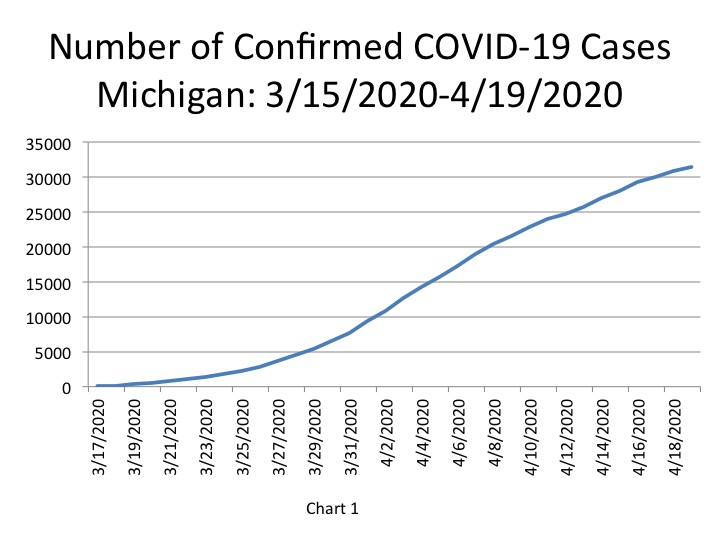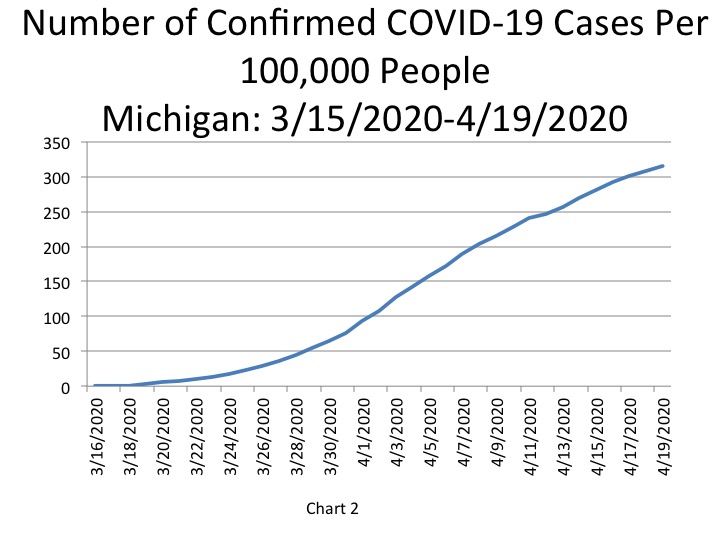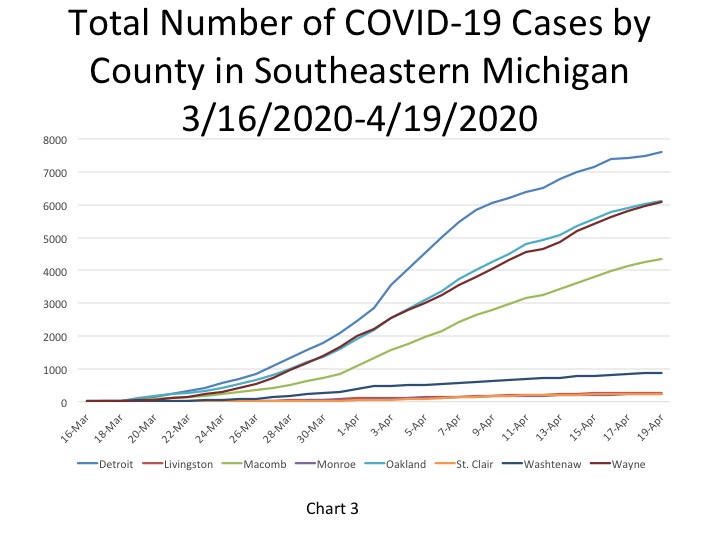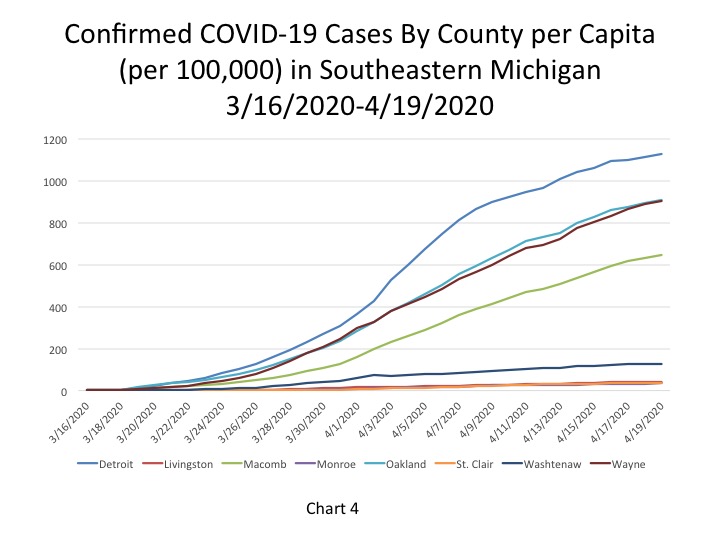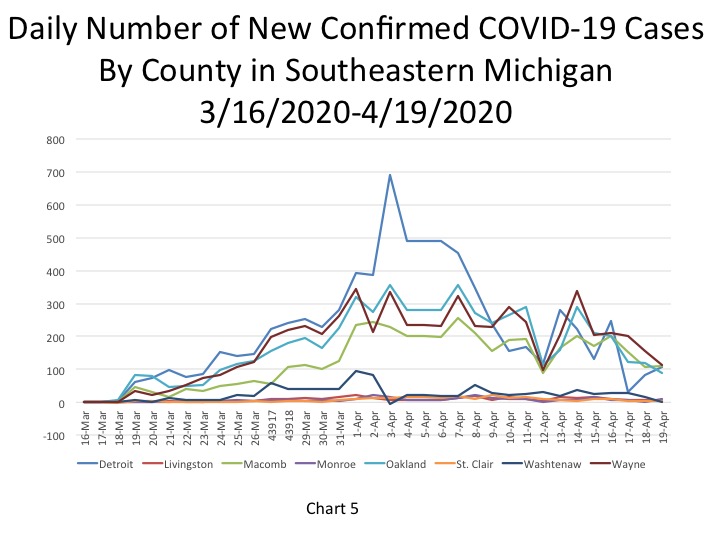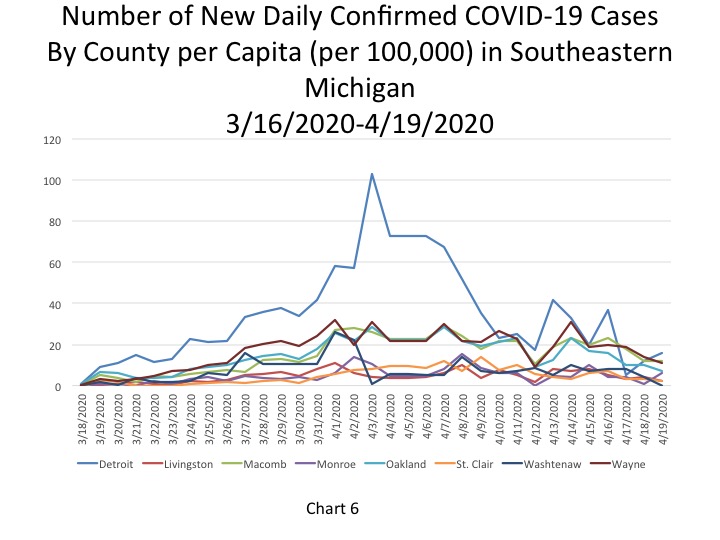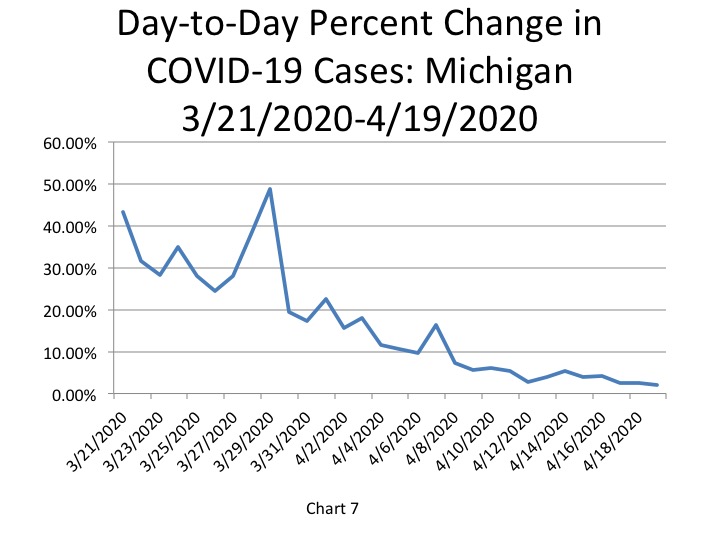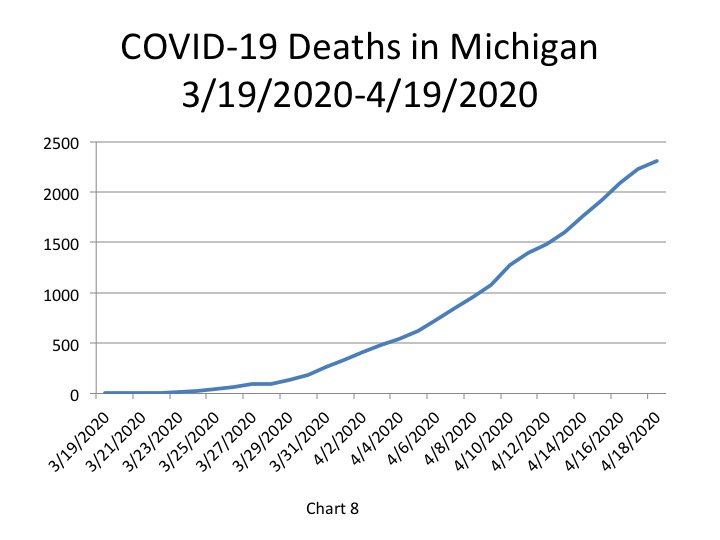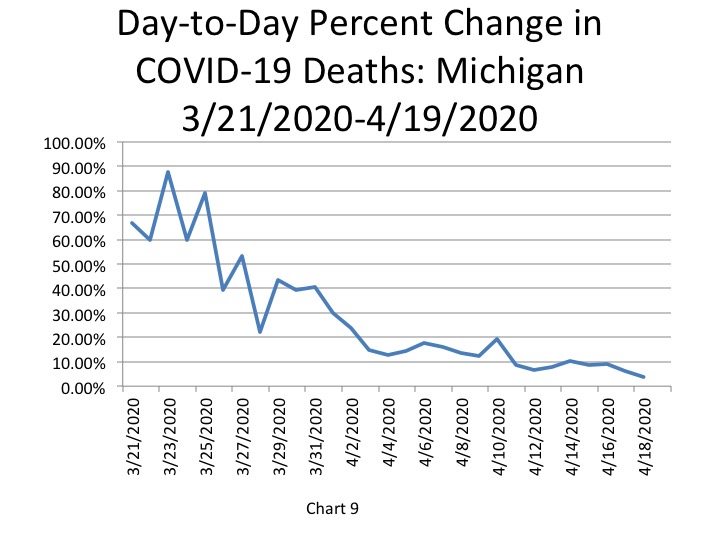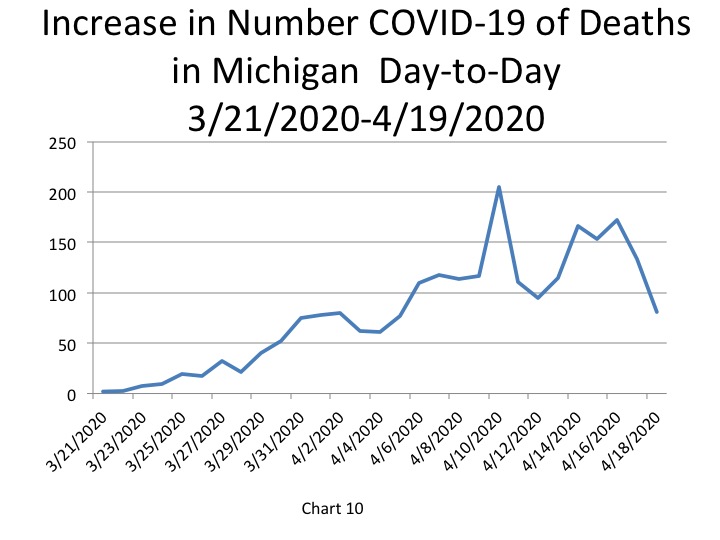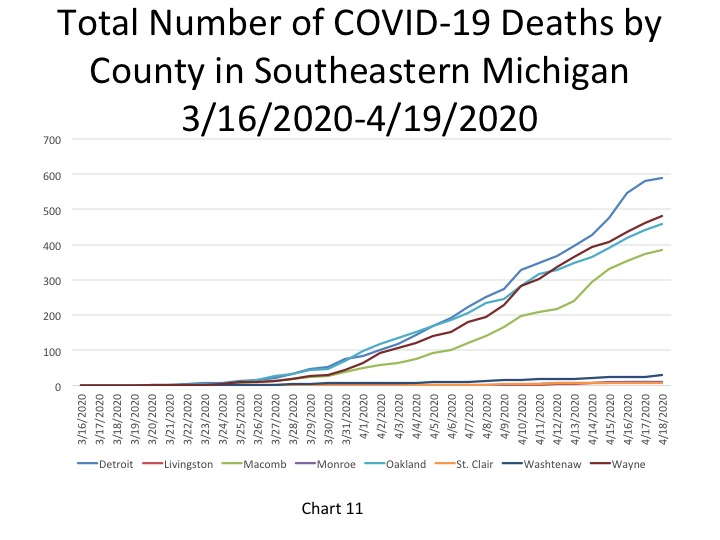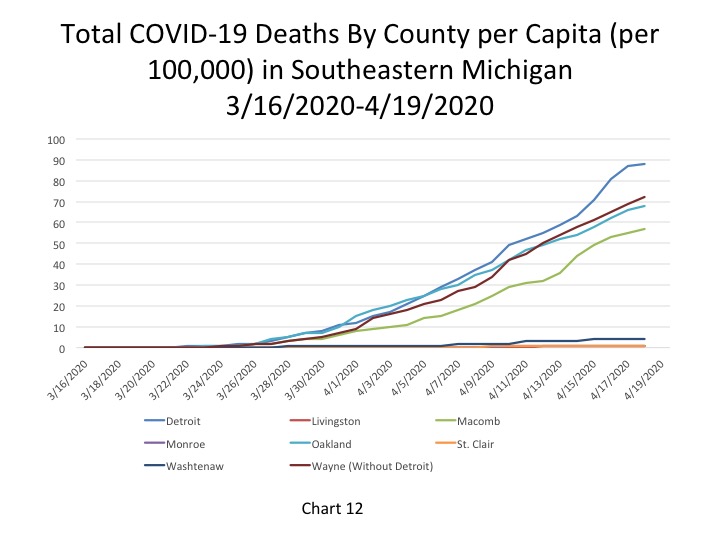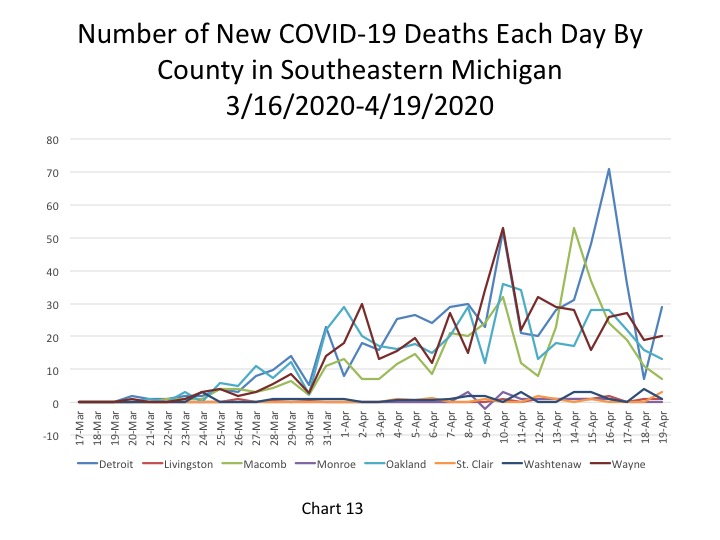The era of COVID continues, especially as we again are witnessing a case surge due to the Delta-variant. In Michigan, the level of transmission is now considered substantial, according to the Centers for Disease Control (CDC). The CDC states there are now 71 counties that are places of “substantial” or “high” transmission: Livingston, Monroe, Macomb, Oakland, Washtenaw and Wayne are included in this list. A county is considered to have a substantial transmission rate if there are 50-99 cases per week per 100,000 people and/or a test positivity between 8 and 9.9 percent; all counties in Southeastern Michigan are considered substantial by the CDC, except St. Clair County. A county is considered to have a high transmission rate if there are 100 new cases per week per 100,000 residents, and/or there is a positive test rate of 10 percent or higher. Those Michigan counties that have a high transmission rate are Alpena, Branch, Charlevoix, Huron, Iosco, Kalkaska and Montmorency counties, according to the CDC.
Michigan reported 910,500 total confirmed COVID cases as of Aug. 6, 2021. Of that total 3,962 are confirmed new COVID cases from August 3,4 and 5, 2021 (the State no longer reports case numbers daily).
In Chart 1 we drill down into the number of confirmed COVID cases for Southeastern Michigan, by county and for the City of Detroit; all numbers are represented of a five-day rolling average. The five-day rolling average for the total number of COVID cases (Chart 1) reflects a smoother curve and adjusts for fluctuations in testing and/or the quality of reporting or failure to report. This chart also shows that, while the total number of COVID cases has grown overall since March 2020, there have certainly been surges. We also see that Oakland and Wayne counties continue to have the highest total number of COVID cases. Oakland County had the highest number of confirmed COVID cases at 104,354, followed by Wayne County with 104,090 new cases as of August 4, 2021. The City of Detroit had 52,394 confirmed cases.
Charts 2 and 3 provide a closer look at the number of new COVID cases over time. In Chart 2 we are reminded of the COVID case surges in fall/winter of 2020 and again in spring of 2021. However, as Chart 3 shows with a zoomed in look at the last month. New COVID case numbers are again on the rise. Oakland County had the highest number of new confirmed COVID cases on August 4, 2021 with 100, followed by Wayne County with 82 new cases and Macomb County with 56 new confirmed cases.
The daily data highlighted in these posts is from Michigan.gov/coronavirus, where data is updated daily at 3 p.m. Historical data were supplied from covidtracking.com, which republishes COVID data from the State. Additionally, the case totals do not reflect the number of people who have recovered, just those who have been infected. In June of 2020 the State changed how it reports its data on the website, making data more accurate in the long-term but more complicated to track as well. The State regularly updates older data, and as we continue to publish regular updates on COVID the State’s changes to past data many not always be reflected in our posts. The data published in this post is accurate for the day we it was received and published though.



The chart below (Chart 4) shows that Macomb County had the highest number of COVID confirmed cases per capita. According to the data released on August 6, 2021 by the State of Michigan, Macomb County had 111,540 COVID cases per million people. St. Clair County had the second highest number of confirmed cases per million people at 95,339. Washtenaw County had the lowest per capita rate at 71,278 confirmed COVID cases per million people.

While the current surge of COVID cases may not numerically appear to be as troubling as what we experienced in the spring and fall, the Delta variant is highly transmissible and a cause for both caution and concern, especially for the unvaccinated. As of last week the variant was confirmed in 40 different Michigan counties.
